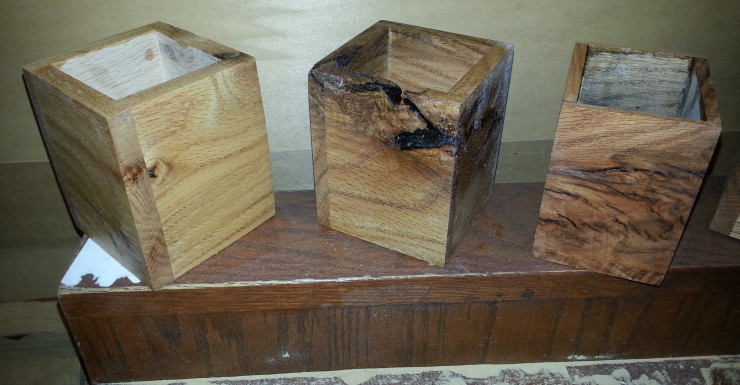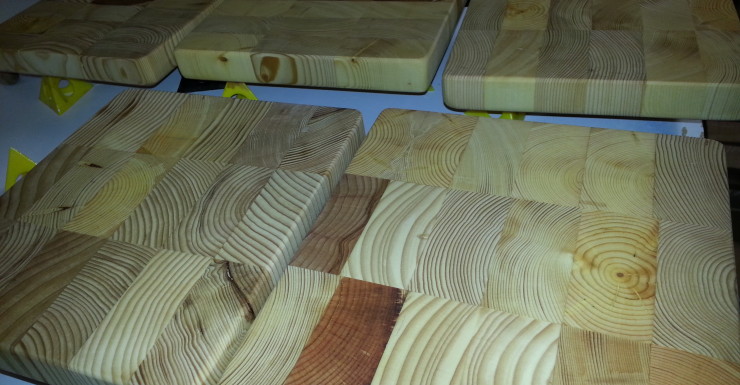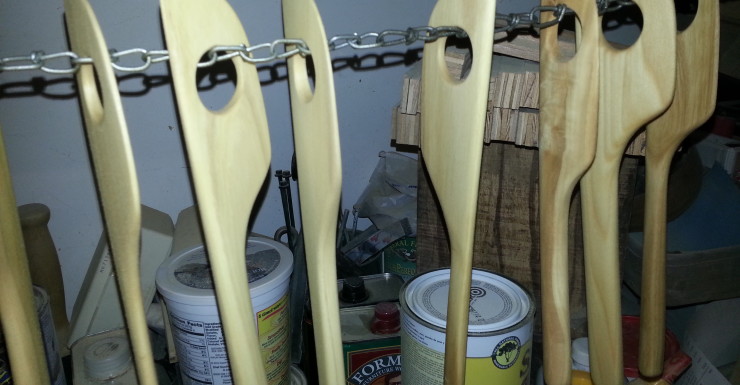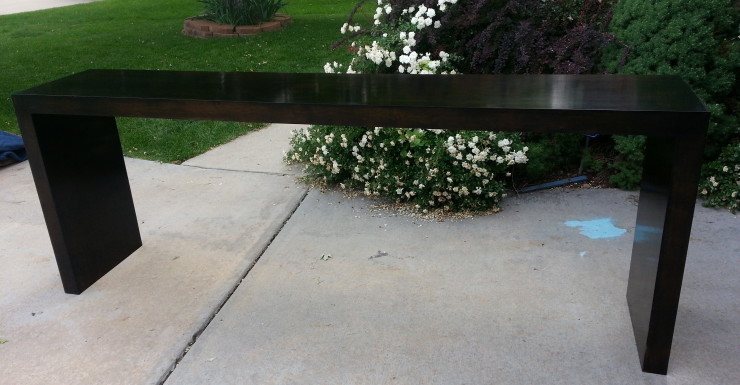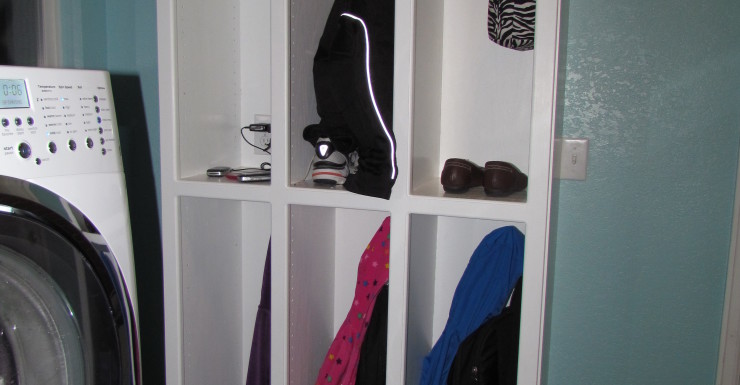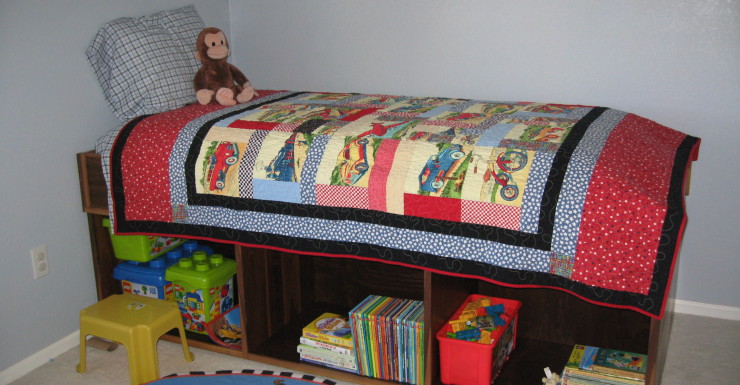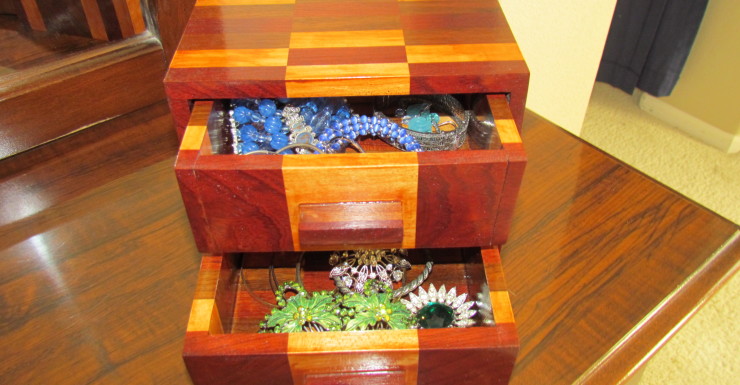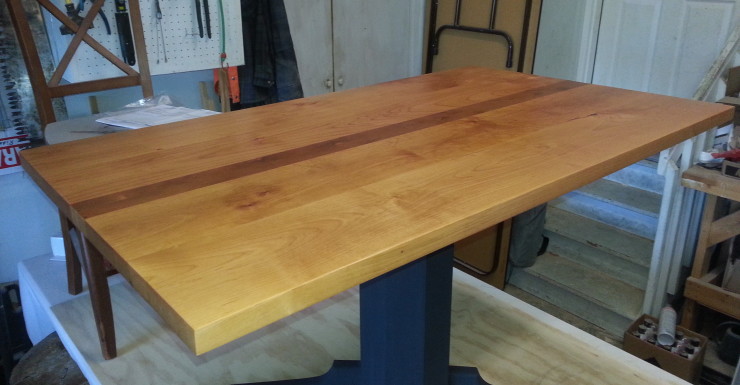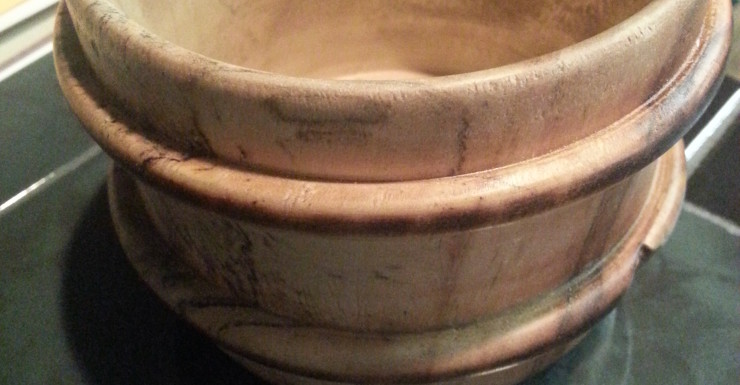Now that we’ve learned if your furniture should be restored or refinished, how to remove those pesky rings from water, and how to use our steam irons to remove dents, it’s time to get a little more serious, to delve a little more deeply into the world of woodworking.
That’s right, it’s time to start talking about finishes.
The first thing to realize is that there is indeed a difference between all those cans you see staring at you from the shelf in the home improvement or woodworking store. Each finish is made of different materials, has different qualities, different longevity, and even different durability. That’s not even bringing into the equation any color tones it may bring into play. Remember that the period of your piece, and your end goal of restore versus refinish will play a large role in your choice. Knowing what a finish is made of, and how it will cure and stand up to wear and tear of living will also play a role.
Varnish
Varnish seems to be a catch-all term for any finish product and/or the act of finishing and covers any clear protective coating you can apply to your project. Varnish is best applied by brushing. It can be made by dissolving the solids in a solvent such as alcohol, ketone or ether, or, in some cases a drying oil. There is no pigment added, so it retains the true colors of the piece. As the solvent or oil evaporates or dries, the solids will then harden, providing a protective coating over the piece.
Shellac
This finish is made up of denatured alcohol mixed with a flaky substance that is actually the secretion of a bug. Shellac comes in either a premixed liquid form you can brush, wipe or spray on your piece, as well as a solid form that you then measure and mix with denatured alcohol. While you’ll find clear and amber most available in the premixed liquid, it also comes in several other colors including red, and brown. This finish will subtly add that color to your piece, altering the appearance depending upon how many coats you apply – the more coats, the more intense the tone will be. This is a fast drying finish, which makes it great for those projects that you’d like to have done quickly. A few things to keep in mind, however. This is what is termed a non-curing finish – the solvent will evaporate before the solids have a chance to harden and cure. It is not very good around heat, water or alcohol based things such as perfumes. Heat and water will cause white rings to appear, and spilling that perfume (or even cast off from spraying your Aqua di Gio or Chanel No. 5) can soften and reactivate that shellac making it susceptible to damage. It also makes it easy to repair – just use some denatured alcohol and reactivate the shellac, or apply a new coat and you can soften and smooth any dents or dimples that may appear. Those rings, however, take some of those methods we’ve already discussed.
Lacquer
Lacquer is also a good finish choice. It will harden a good bit more than Shellac, but it will eventually scratch and crack. It also imbues a yellowish tint to your piece if you choose the clear formula, but can be found with other colors tinted that will enhance the color of your piece It is quite durable, and can be found in a variety of sheen choices, from matte on up to high gloss. Available in brushing formulas, it is often applied with a sprayer, providing a flawless final coat and is being used quite widely in many modern styles. Made originally from the sap of trees, it is now most often formulated using nitrocellulose. If you choose this for your finish, be sure to use it in a well-ventilated area and wear a respirator.
Polyurethane
This chemical wonder allows your piece to be protected with a hard film. It is actually a liquid plastic that can be brushed or sprayed and dries hard and clear. It comes in a variety of sheens – satin, semi-gloss, gloss, and is also available in some formulas that allow a color and topcoat to be added at the same time. While this is ideal for high-use pieces, used almost exclusively in modern finishing, and stands up to the test of time, keep in mind that this is a film on top of your piece. All the other finishes will be bonded with the wood as it fills in minute imperfections on the surface due to the shape of the cells of the wood, and the small scratches left behind by sanding. There are 2 subcategories here: Spar Varnish or Spar Urethane, and Polycrylic. Polycrylic is a chemical conoction, water-based and available in many sheens, and provides that crystal clear finish. Spar products are those you would normally associate with outdoor items – boats, docks, decks and the like. They have ingredients that will provide some protection from the UV as well as temperature extremes and water.
Now that you know a bit more about each product, the questions left to answer are:
- Are you restoring or refinishing?
- Is your piece going to see a lot of daily use?
- Does your piece get exposed to weather and/or UV?
- What type of appearance are you wanting to achieve?
As we move forward and delve more deeply into the realm of all that is woodworking, we’ll begin talking about applications beyond furniture.
Stay tuned for more!

